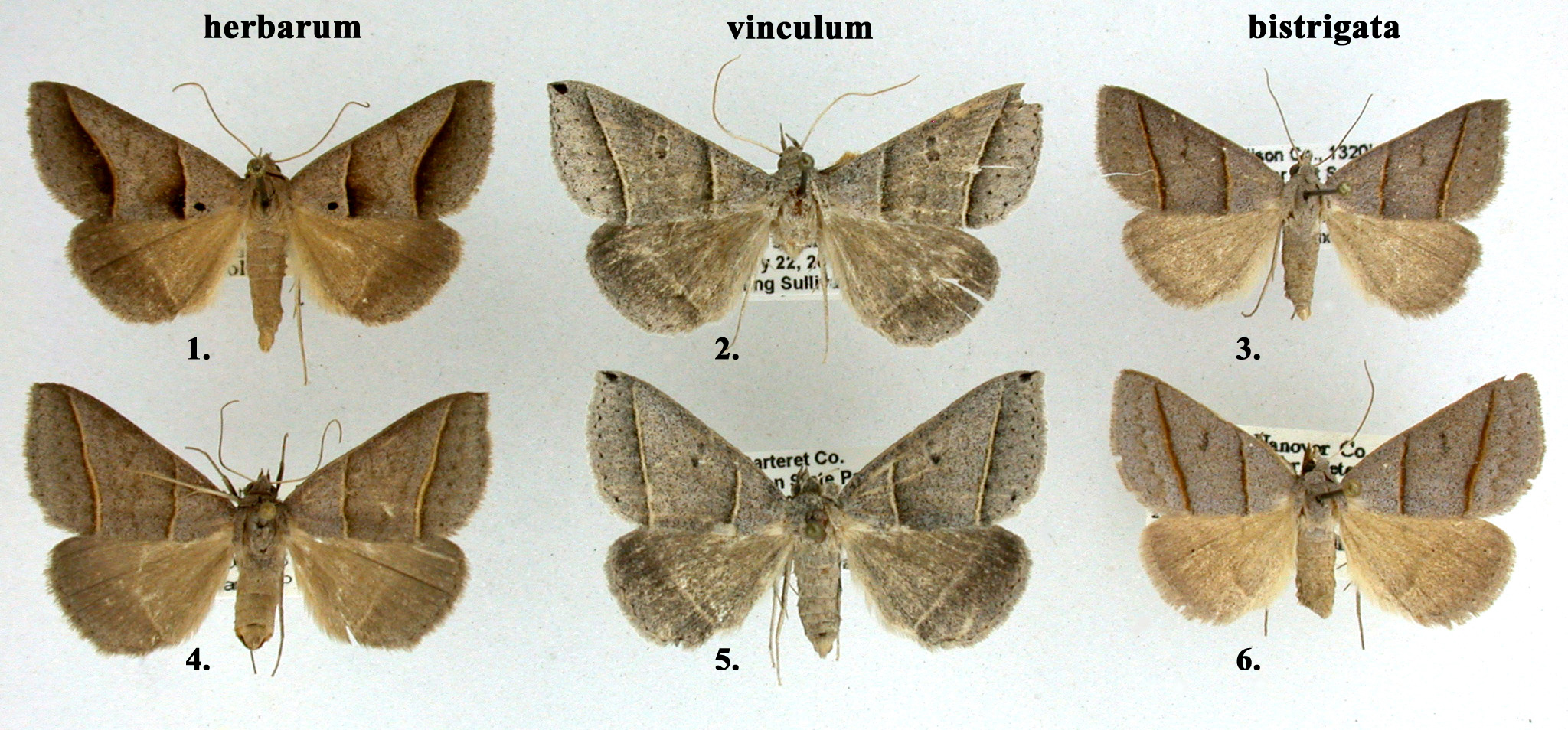« |
Home |  » » |
| View PDF | Erebidae Members: | Ptichodis Members: | 5 NC Records |
|---|
Ptichodis vinculum (Guenée, 1852) - Black-tipped Ptichodis |
 view caption |  |
| Moths of North Carolina |
« |
Home |  » » |
| View PDF | Erebidae Members: | Ptichodis Members: | 5 NC Records |
|---|
Ptichodis vinculum (Guenée, 1852) - Black-tipped Ptichodis |
 view caption |  |